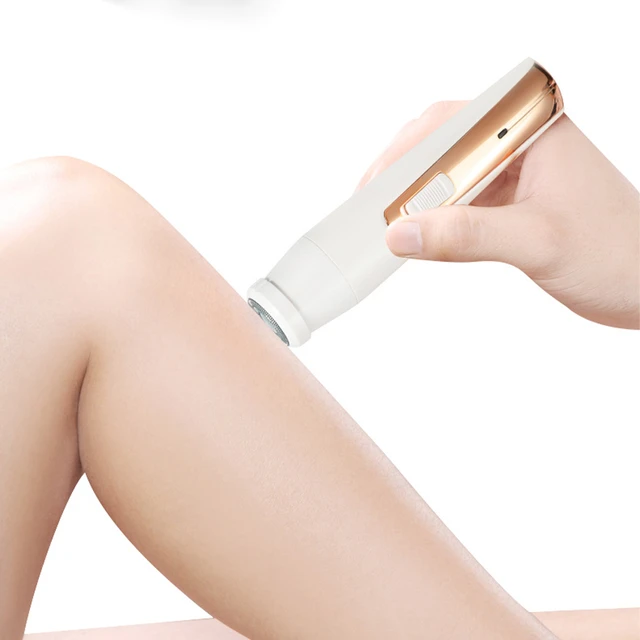
Which is more painful waxing or epilating?
Introduction:
When it comes to hair removal methods, pain is often a significant concern for many individuals. Waxing and epilating are both popular options that provide longer-lasting results compared to shaving or using hair removal creams. However, the level of pain experienced can vary depending on personal tolerance, the specific body area being treated, and individual factors. In this guide, we will explore the pain levels associated with waxing and epilating, including factors that influence pain perception, pain management techniques, and tips for minimizing discomfort during hair removal. By understanding these factors, you can make an informed decision about which method may be better suited to your pain tolerance and hair removal preferences.
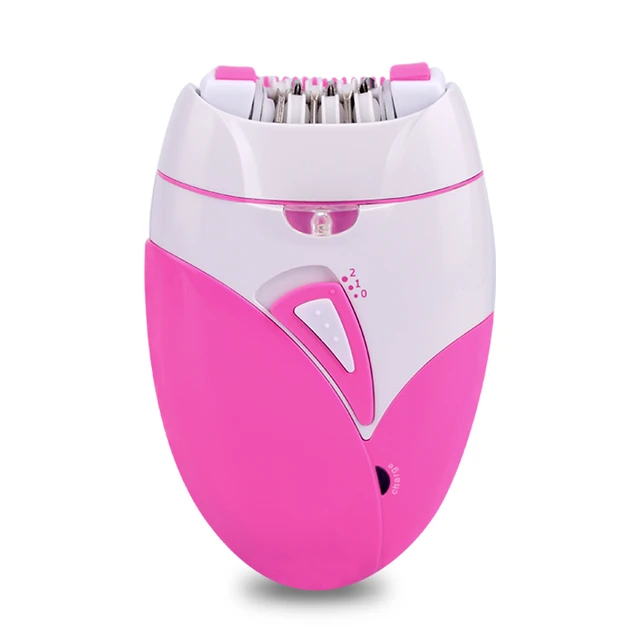
Which is more painful waxing or epilating?
Factors Influencing Pain Perception:
The level of pain experienced during waxing or epilating can vary from person to person. Several factors can influence pain perception:
a. Individual Sensitivity: Each individual has a unique pain threshold, influenced by genetic and personal factors. What might be painful for one person may be tolerable for another.
b. Body Area: Certain body areas may be more sensitive than others. For example, the underarms and bikini area are generally considered more sensitive, while the legs may be less sensitive.
c. Hair Thickness and Density: Coarser and thicker hair tends to be associated with more discomfort during hair removal. The denser the hair growth, the more sensation may be felt during the process.
d. Technique: The technique used during hair removal can influence the level of pain experienced. Proper technique, such as pulling the wax strip or epilator device in the opposite direction of hair growth in one swift motion, can reduce discomfort.
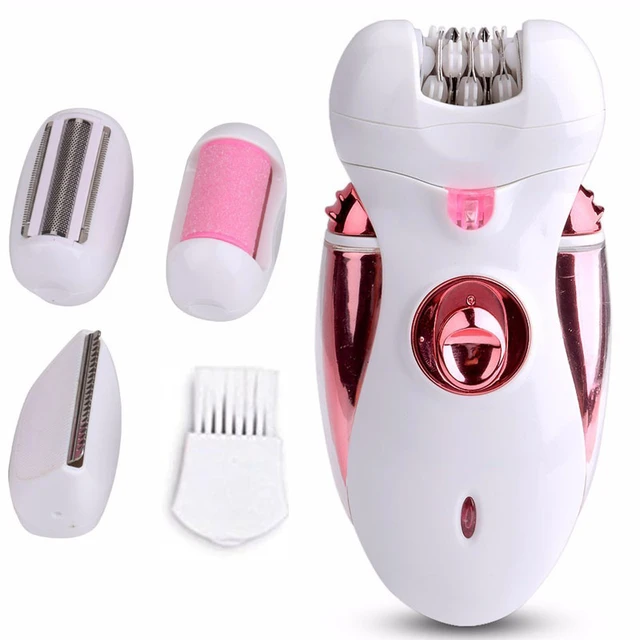
Waxing Pain Level:
Waxing involves applying warm wax to the skin and quickly removing it along with the hair. Here are some factors to consider regarding the pain level associated with waxing:
a. Initial Sensation: The application of wax to the skin can cause a brief stinging or warming sensation, which may feel uncomfortable for some individuals.
b. Hair Removal: The actual removal of the wax strip can be the most intense part of the process. It may cause a sharp, pulling sensation as the hair is quickly removed from the root.
c. Sensitive Areas: Sensitive areas like the bikini line, underarms, and upper lip may be more prone to higher levels of discomfort during waxing.
d. Frequency of Waxing: Regular waxing can lead to less pain over time, as the hair follicles weaken and hair regrowth becomes finer.
Epilating Pain Level:
Epilating involves using an epilator device to mechanically remove hair from the root. Here are some factors to consider regarding the pain level associated with epilating:
a. Initial Sensation: The use of an epilator can cause a tingling or pricking sensation as the device grasps and removes multiple hairs simultaneously.
b. Hair Removal: The actual hair removal process can cause some discomfort, especially during the first few uses or when tackling coarser hair.
c. Sensitive Areas: Sensitive areas like the underarms, bikini line, and upper lip may be more susceptible to increased discomfort during epilation.
d. Frequency of Epilation: Regular and consistent use of an epilator can lead to less pain over time as the hair follicles weaken and the hair becomes finer.
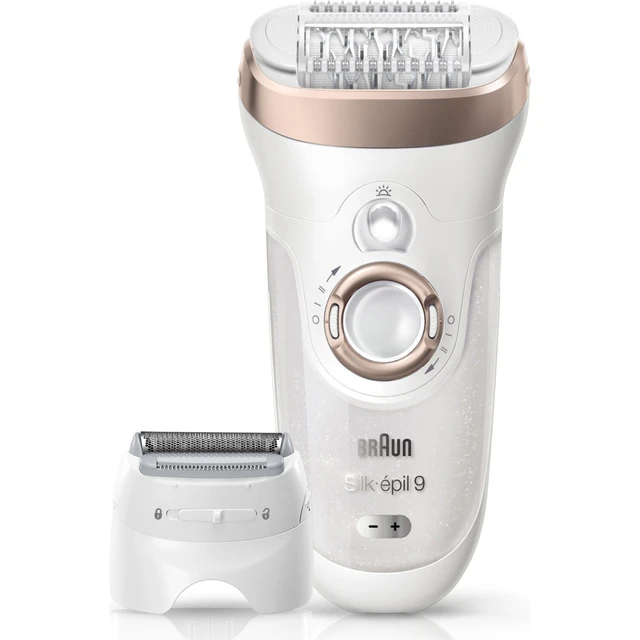
Pain Management Techniques:
To help manage pain during waxing or epilating, consider the following techniques:
a. Numbing Creams: Topical numbing creams can be applied to the skin before hair removal to minimize discomfort. These creams typically need to be applied at least 30 minutes before the procedure for optimal effect.
b. Skin Preparation: Ensure that the skin is clean and dry before waxing or epilating. This helps reduce the risk of irritation or discomfort.
c. Relaxation Techniques: Employing relaxation techniques, such as deep breathing exercises or listening to calming music, can help distract from any discomfort during the process.
d. Taking Breaks: If the pain becomes too intense during hair removal, taking short breaks between sections can provide temporary relief.
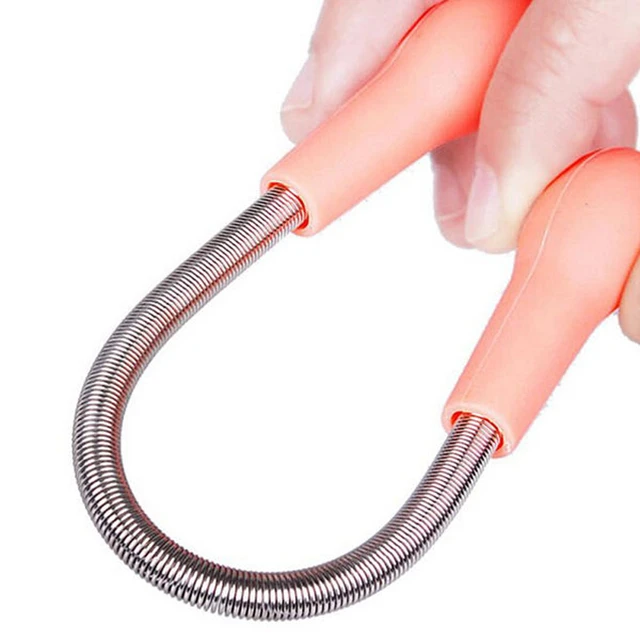
Minimizing Discomfort:
To minimize discomfort during waxing or epilating, consider the following tips:
a. Ensure Proper Technique: Follow the instructions provided with the waxing kit or epilator to ensure proper technique. Pull the wax strip or epilator device in one swift motion, and maintain the skin taut during the process.
b. Exfoliate: Regularly exfoliating the skin between hair removal sessions can help reduce ingrown hairs, which can contribute to discomfort.
c. Moisturize: Applying a moisturizer or soothing lotion to the skin after hair removal can help alleviate any discomfort or irritation.
d. Choose the Right Product: Select high-quality waxing kits or epilators that are specifically designed for your hair type and skin sensitivity. This can contribute to a more comfortable hair removal experience.
e. Gradual Hair Removal: If the pain becomes too intense, consider gradually removing hair in smaller sections rather than attempting to remove all the hair at once.
Personal Preferences:
When deciding between waxing and epilating, it’s important to consider your personal preferences regarding pain tolerance and hair removal experience:
a. Pain Tolerance: Assess your own pain tolerance and consider which method aligns better with your comfort level. If you have a low pain threshold, you may prefer waxing, which involves quick removal of the wax strip. On the other hand, if you are willing to tolerate some discomfort, epilating may be a suitable option.
b. Sensitivity: Take into account the sensitivity of the specific body areas you wish to treat. Some areas, such as the underarms or bikini line, may be particularly sensitive and require special attention. If you have extremely sensitive skin, waxing may be a better choice since it removes hair quickly and minimizes prolonged contact with the skin.
c. Hair Thickness and Density: Consider the thickness and density of your hair. If you have coarse hair, epilation may cause more discomfort due to the multiple hairs being removed simultaneously. However, if your hair is finer, you may find epilation to be more tolerable.
d. Control and Flexibility: Think about your preference for control and flexibility. With waxing, you can control the application and removal of the wax strip, whereas with epilation, you have full control over the device throughout the process.
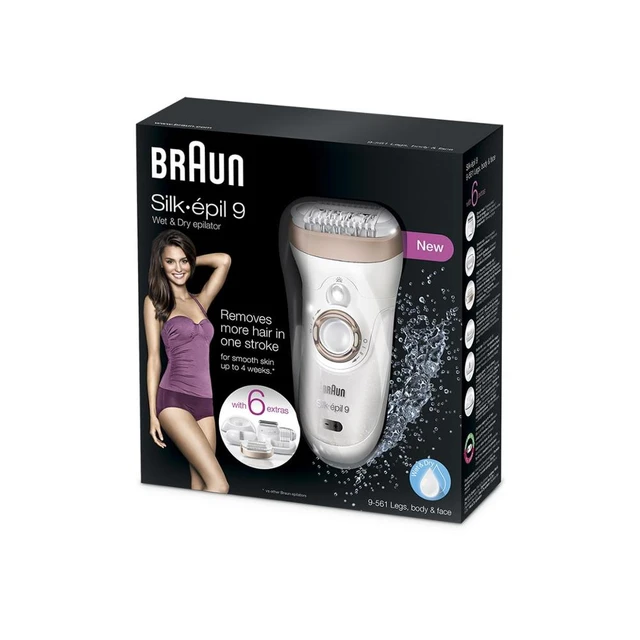
Conclusion:
The level of pain experienced during waxing or epilating can vary depending on individual factors, such as pain tolerance, body area, and hair thickness. Both methods involve some degree of discomfort during the hair removal process. However, pain perception is subjective, and what may be painful for one person may be tolerable for another. By considering factors such as individual sensitivity, body area, technique, and pain management techniques, you can take steps to minimize discomfort during hair removal. It may be helpful to try both waxing and epilating methods to determine which one is better suited to your pain tolerance and hair removal preferences. Remember that with regular treatments, hair regrowth becomes finer, and the pain associated with hair removal can diminish over time.




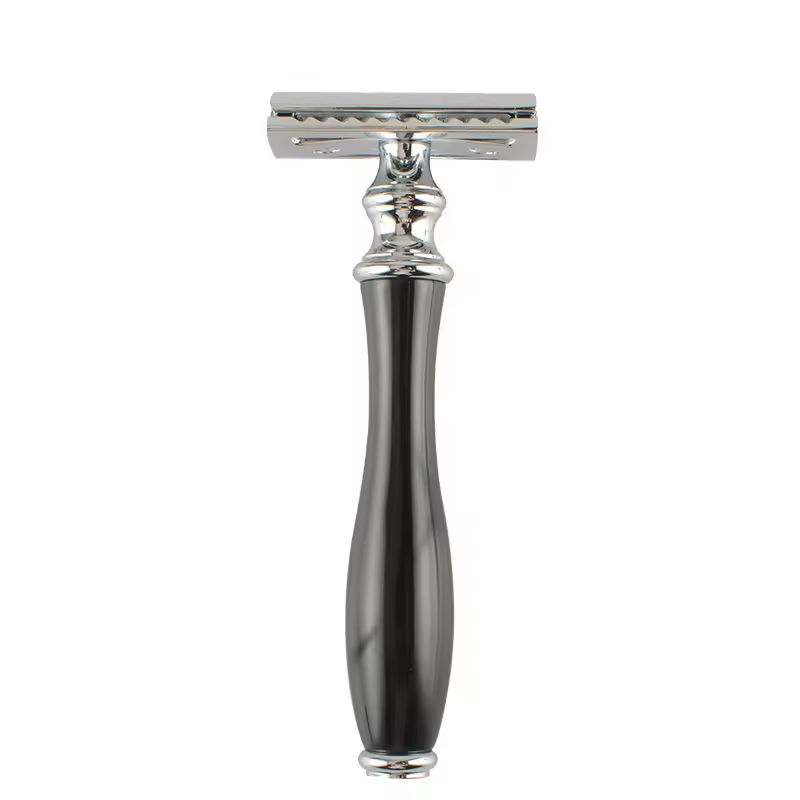
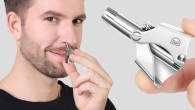

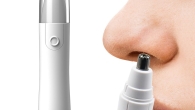

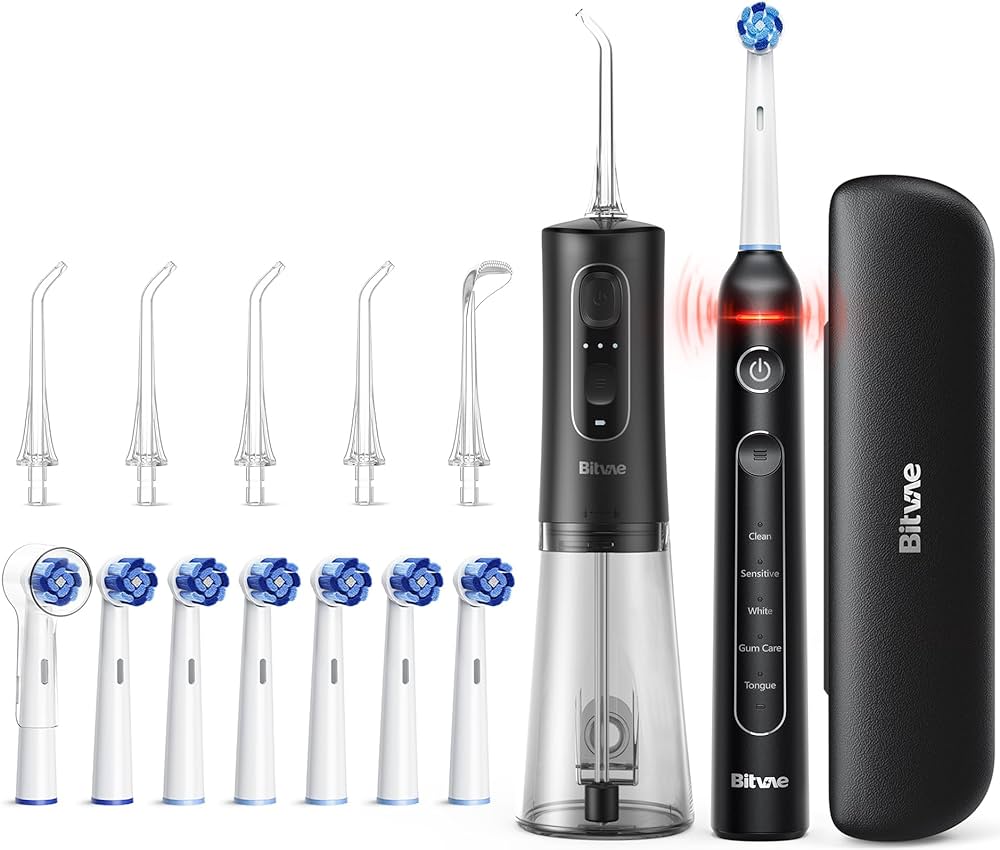
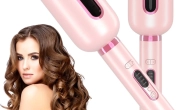
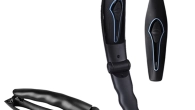
Leave a Reply
You must be logged in to post a comment.